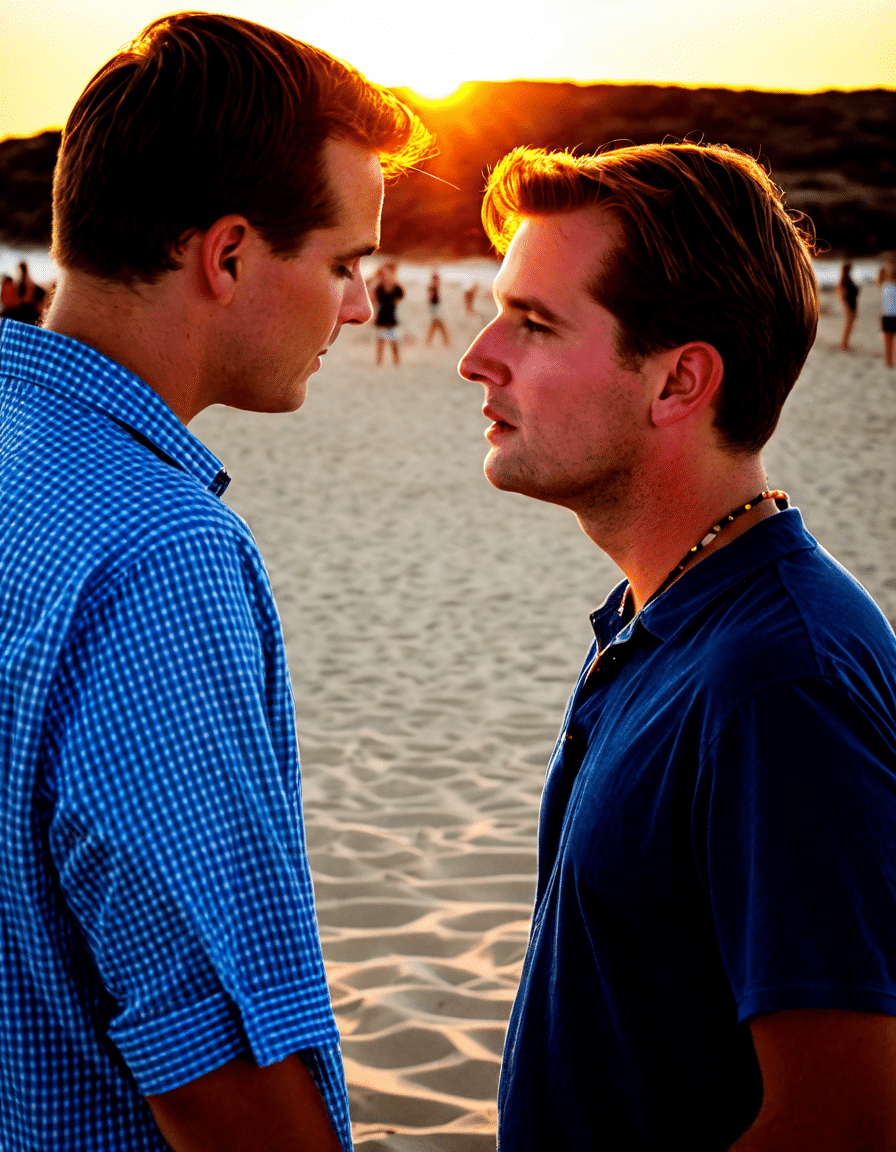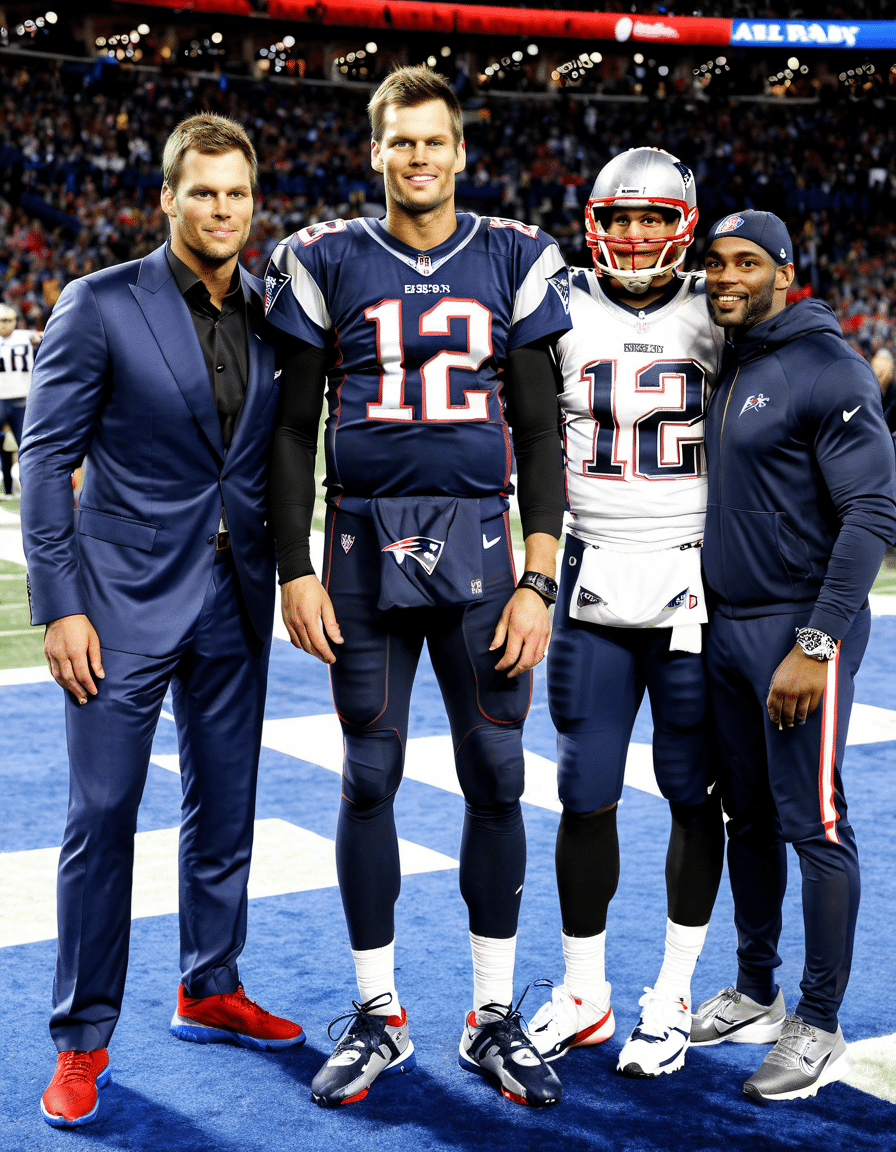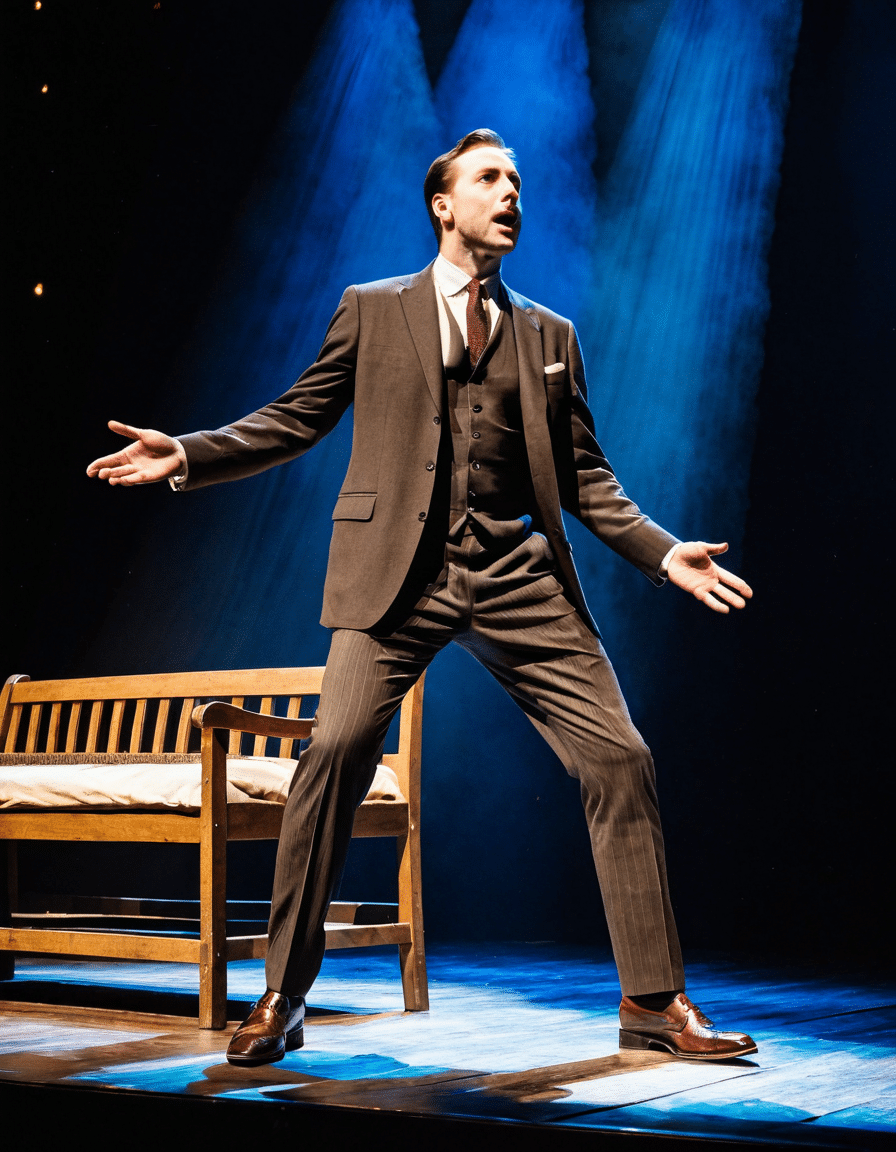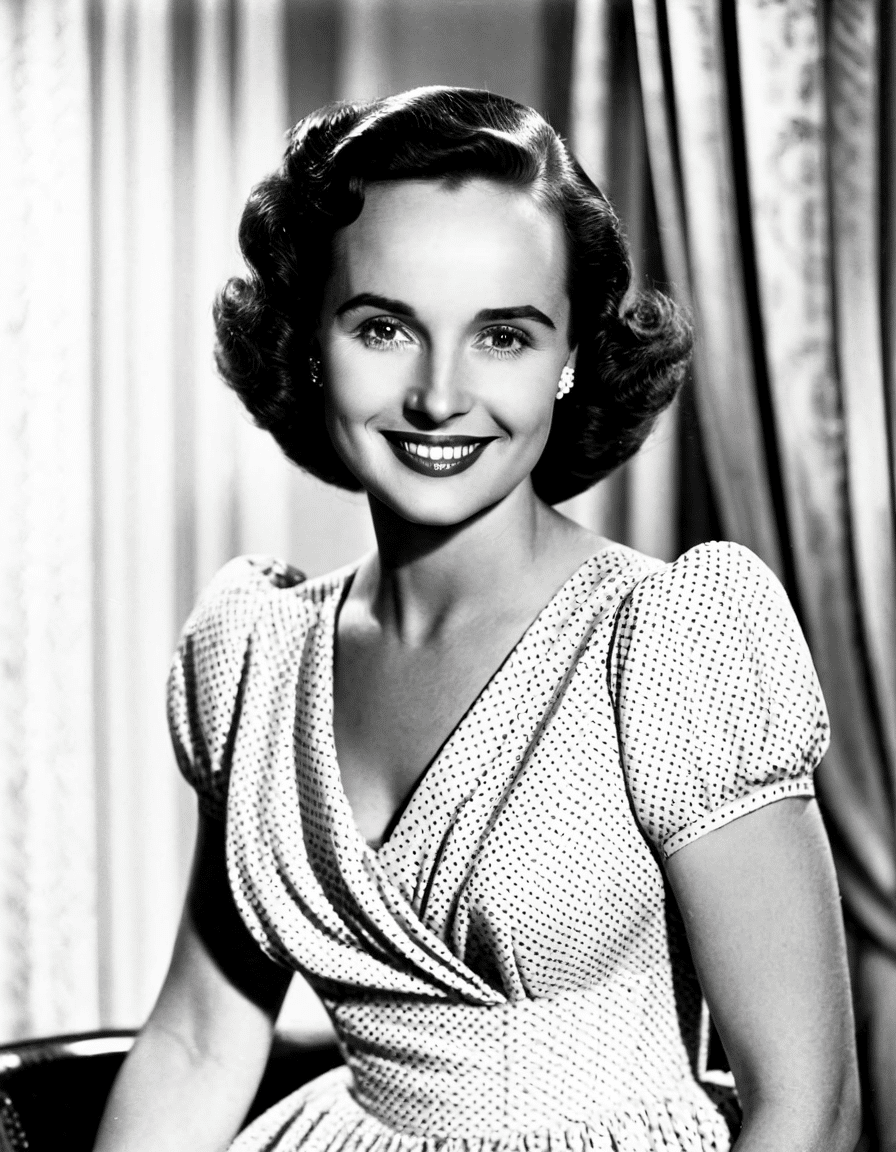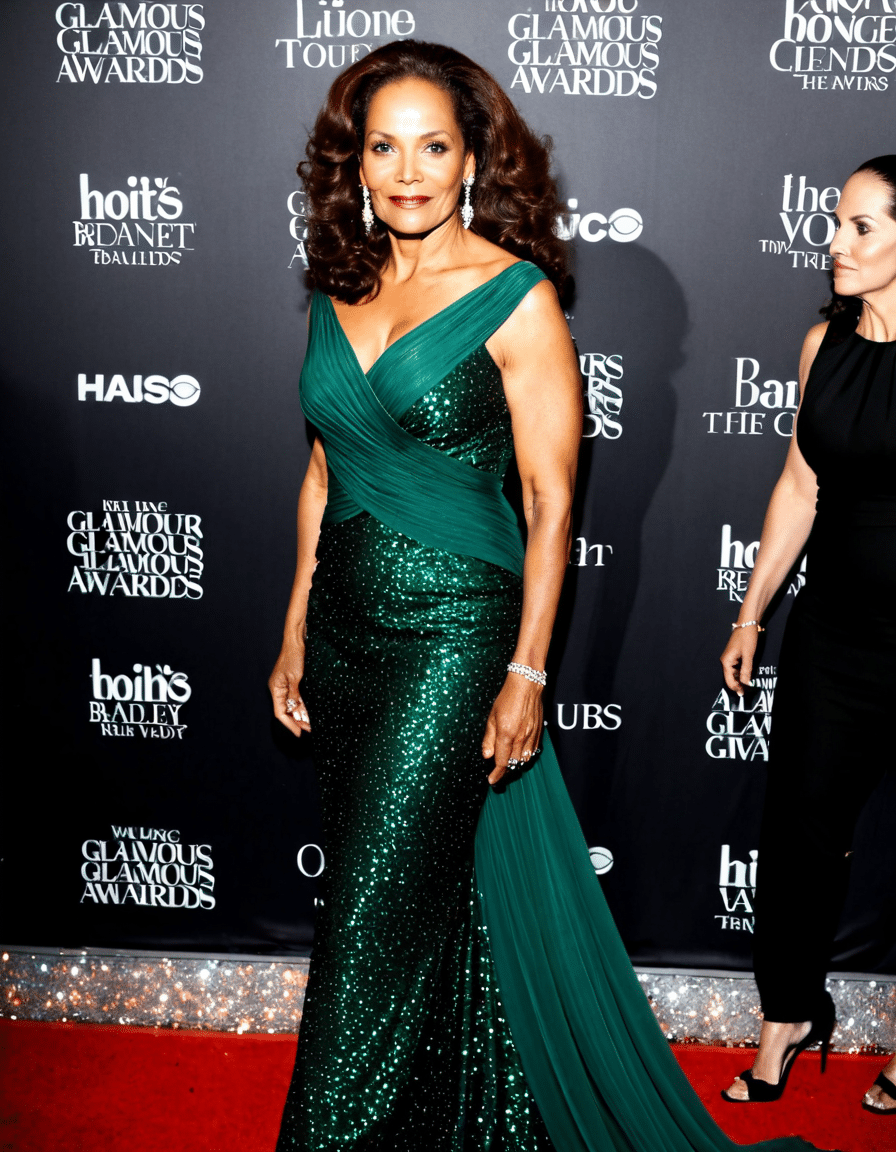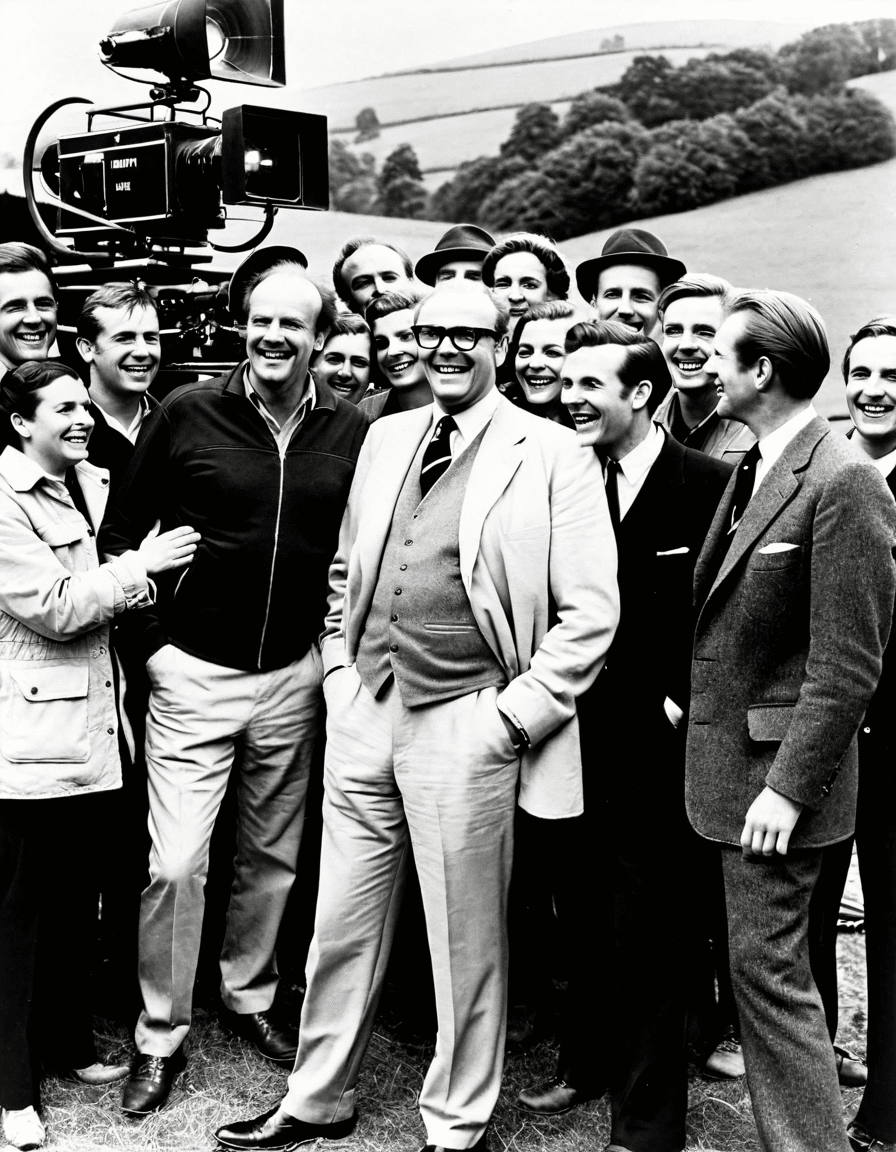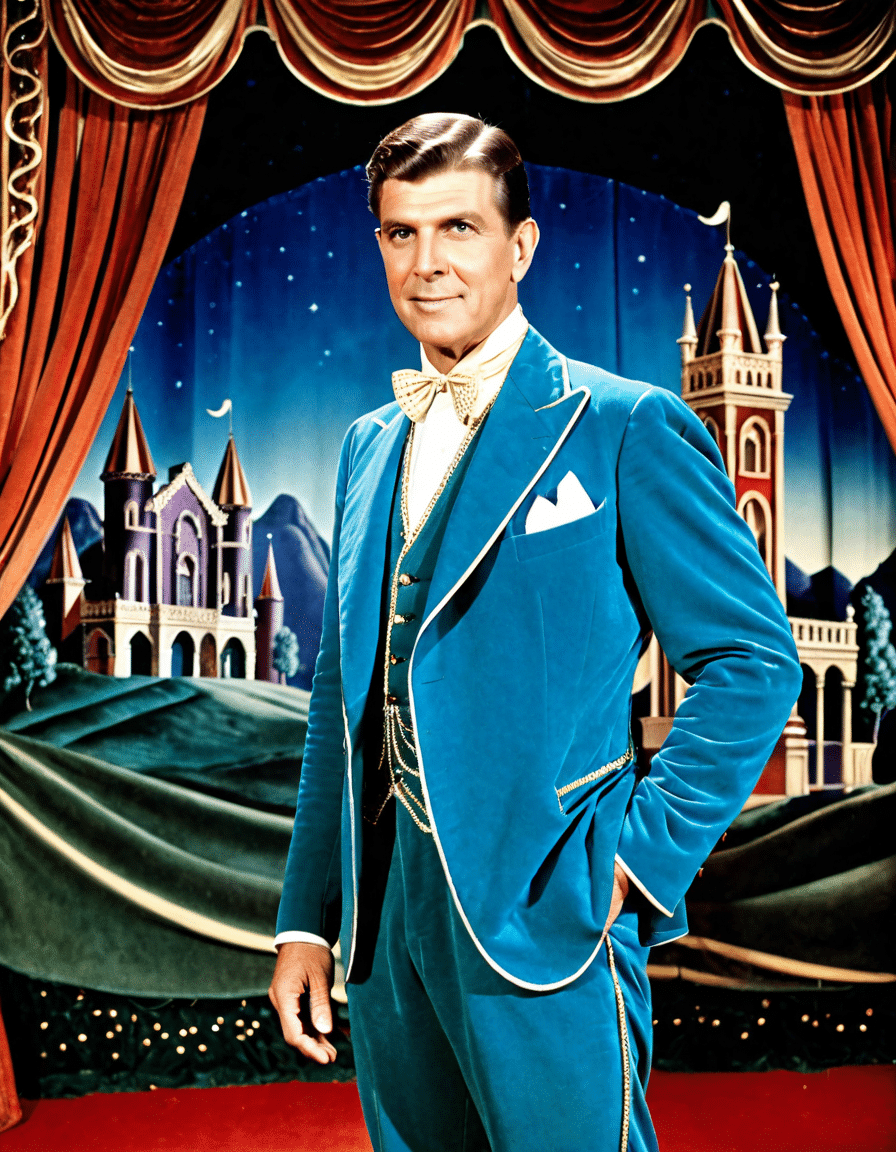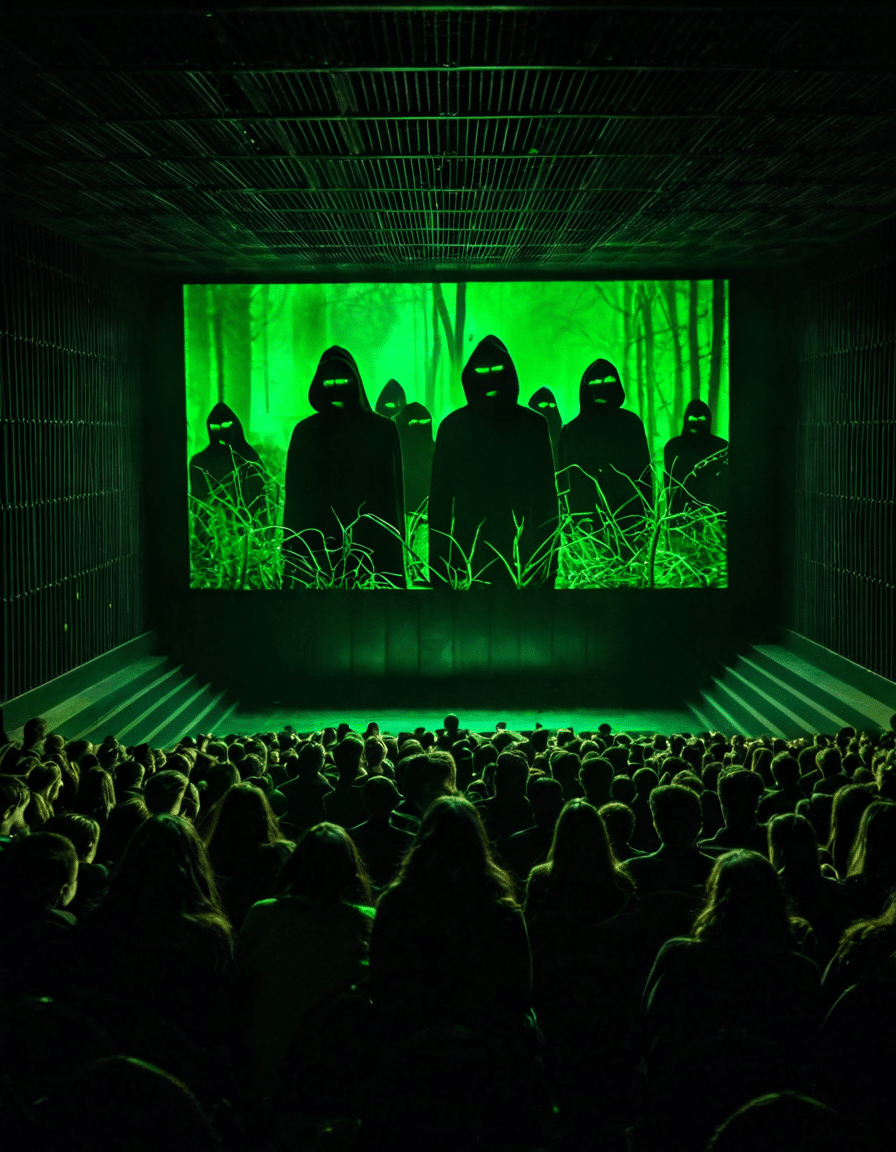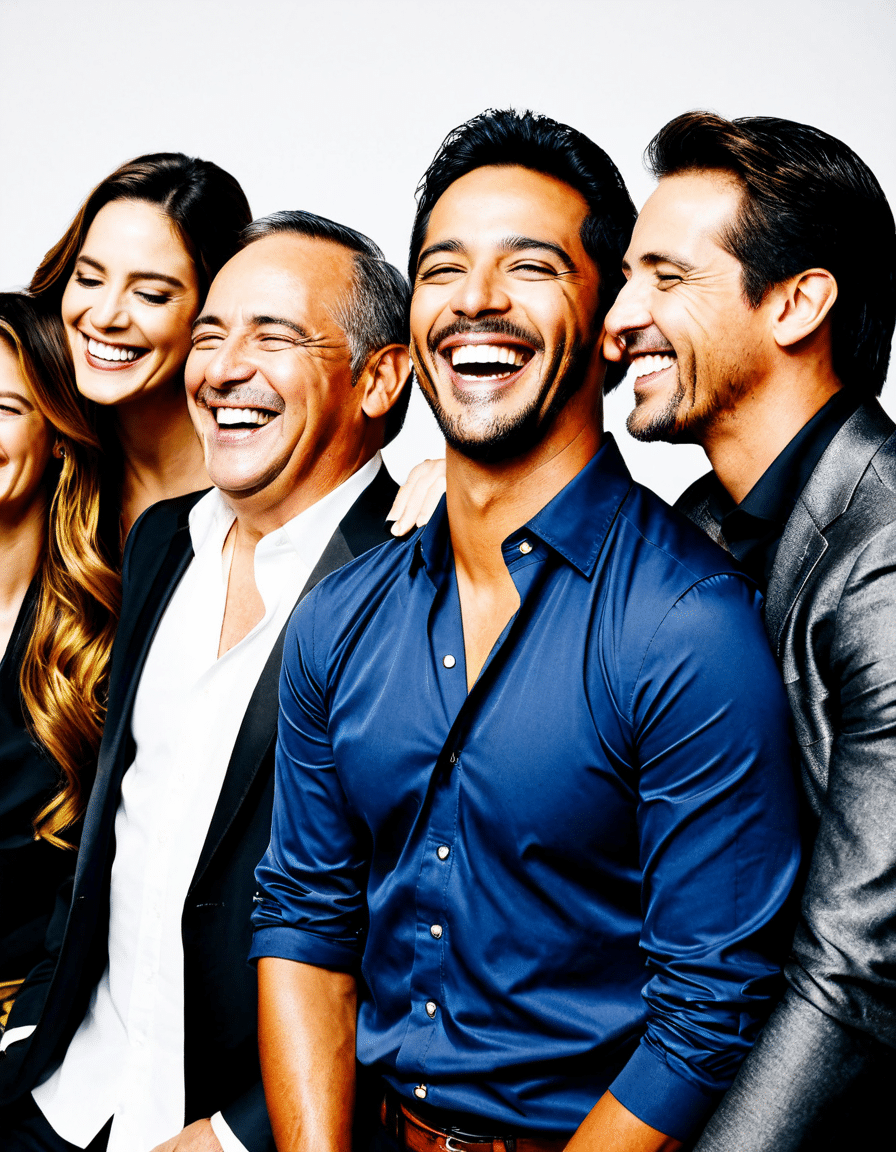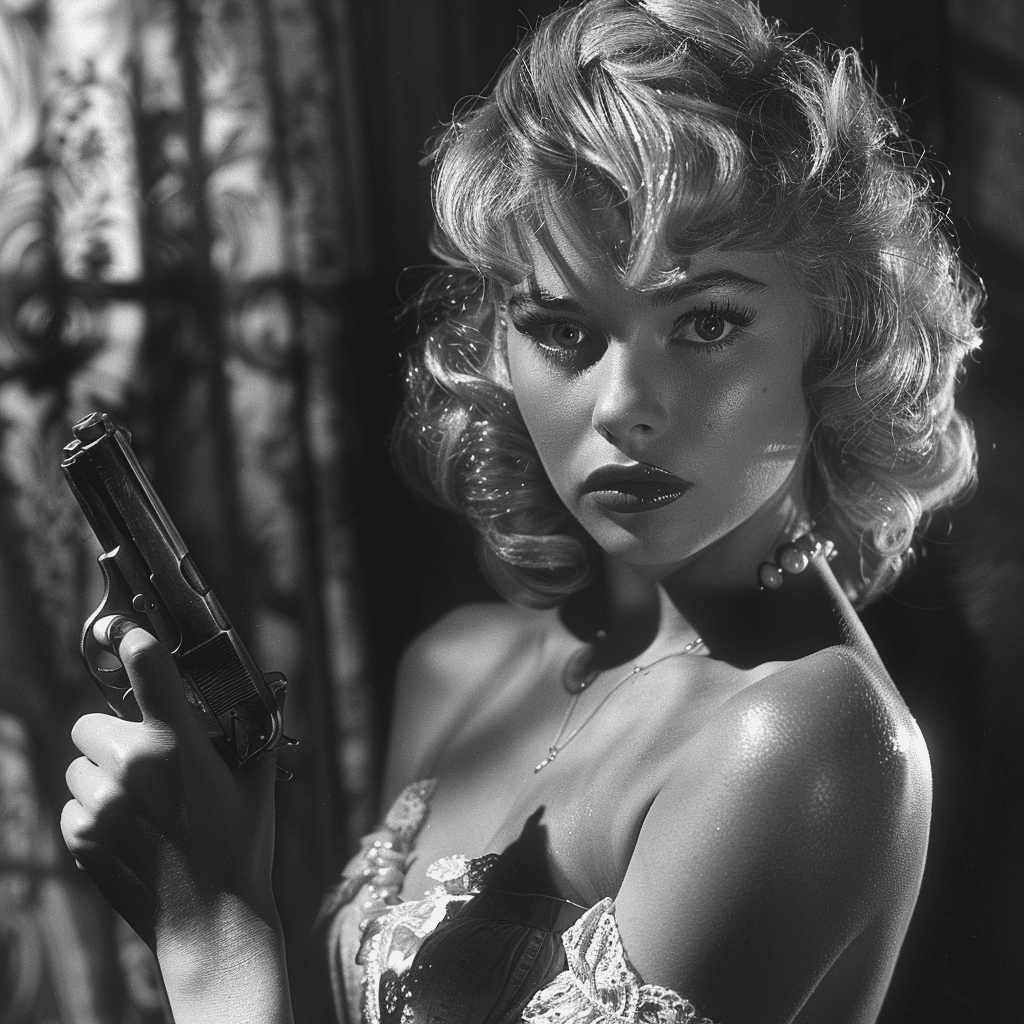In the vibrant yet harrowing world of Beastars, one character stands out not just for his imposing physique but for his crippling internal dilemmas: Legoshi. The towering gray wolf embodies a struggle for identity, weighed down by societal expectations and a troubled past that colors his very existence. Raised primarily by his Komodo dragon grandfather Gosha, following the haunting loss of his hybrid mother Leano, Legoshi’s upbringing sets the stage for a complex character study. The mere act of existing as a carnivore in a world dominated by herbivores turns into more than just a struggle; it morphs into a poignant reflection on acceptance and belonging.
Legoshi’s past is not just troubled; it’s a tapestry of emotional scars and societal pressures. Growing up, he finds himself caught between the feral instincts of his wolf heritage and a deep-seated yearning for connection and understanding. This intricate dance between nature and nurture sends him spiraling into isolation, often enveloped in guilt and shame. His yearning for acceptance shines through in his relationships, particularly with Haru, who treats him not as a predator but as a companion. This juxtaposition drives home the essence of Legoshi’s story—a yearning for kinship in a world that sees him as a monster.
The darker layers of Legoshi’s past are significant. After Leano’s tragic suicide when Legoshi was just twelve, he wrestled with profound feelings of abandonment and loss. This led him to secretly harbor resentment towards his grandfather Gosha, a figure who, while meant to nurture, becomes a symbol of his unresolved grief. Thus, the emotional depth of Legoshi’s character emerges as he realizes that his struggles are not merely a reaction to his carnivorous instincts but also a manifestation of his complicated familial relationships.
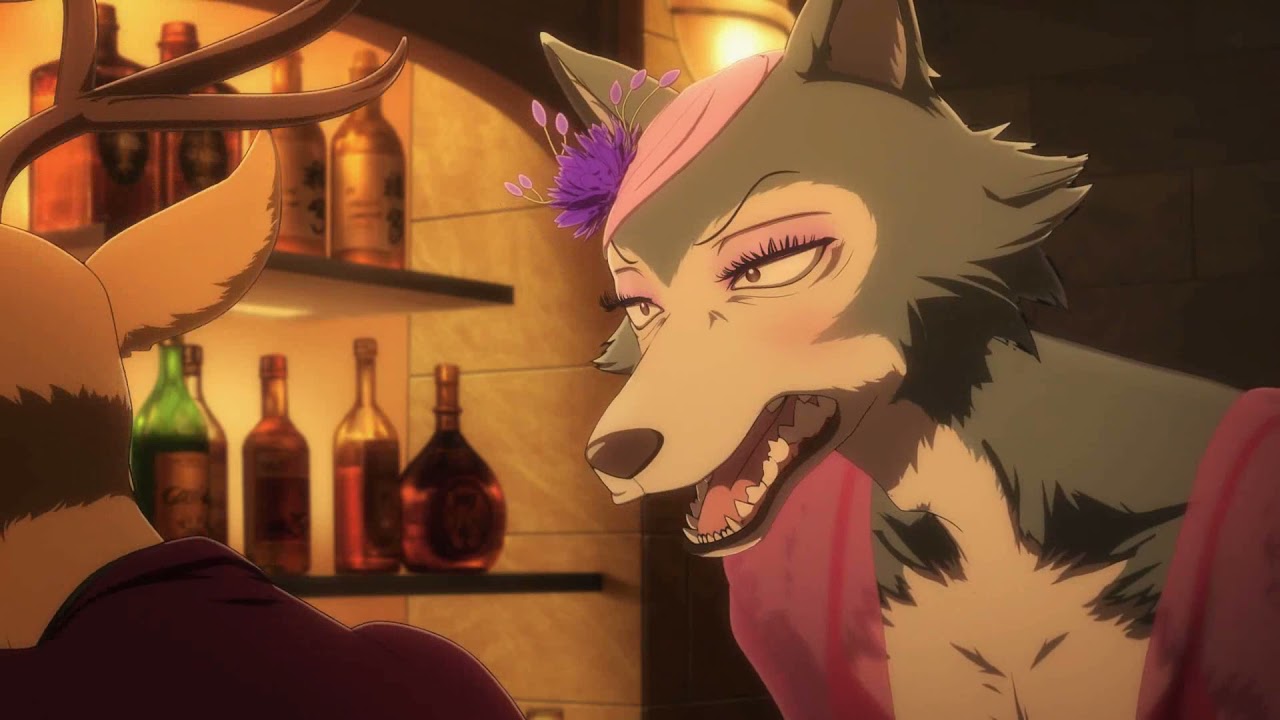
Top 5 Influences on Legoshi’s Identity Formation
To truly grasp Legoshi’s layered identity, one has to acknowledge the various influences that interact with his psyche.
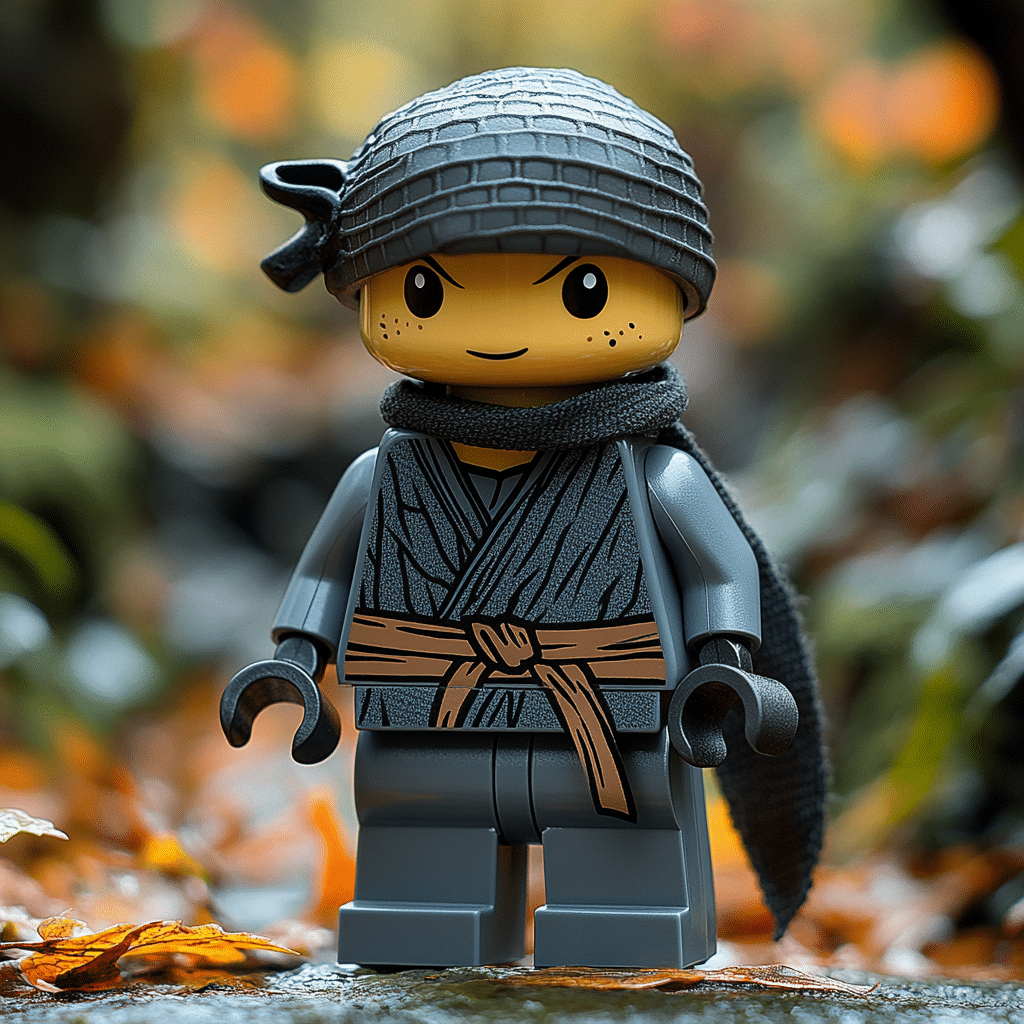
The Dichotomy of Identity: Legoshi and Bakugo
At first glance, you might think comparing Legoshi from Beastars and Bakugo from My Hero Academia is a stretch. Yet, both characters illustrate the struggle against societal expectations in their respective universes. Bakugo is under immense pressure to embody the bravado of a hero, and he channels this pressure into aggressive ambition. In contrast, Legoshi opts for a more introspective approach, questioning his identity and his place in an often hostile environment.
Both characters bear the weight of unresolved trauma. While Bakugo’s aggression masks his vulnerabilities, Legoshi’s introspection reveals the depths of his emotional struggles. Ultimately, their journeys reflect the emotional rollercoaster of youth navigating self-discovery amid external pressures. This rich character exploration invites audiences to reflect on the inherent complexities that define young adulthood.
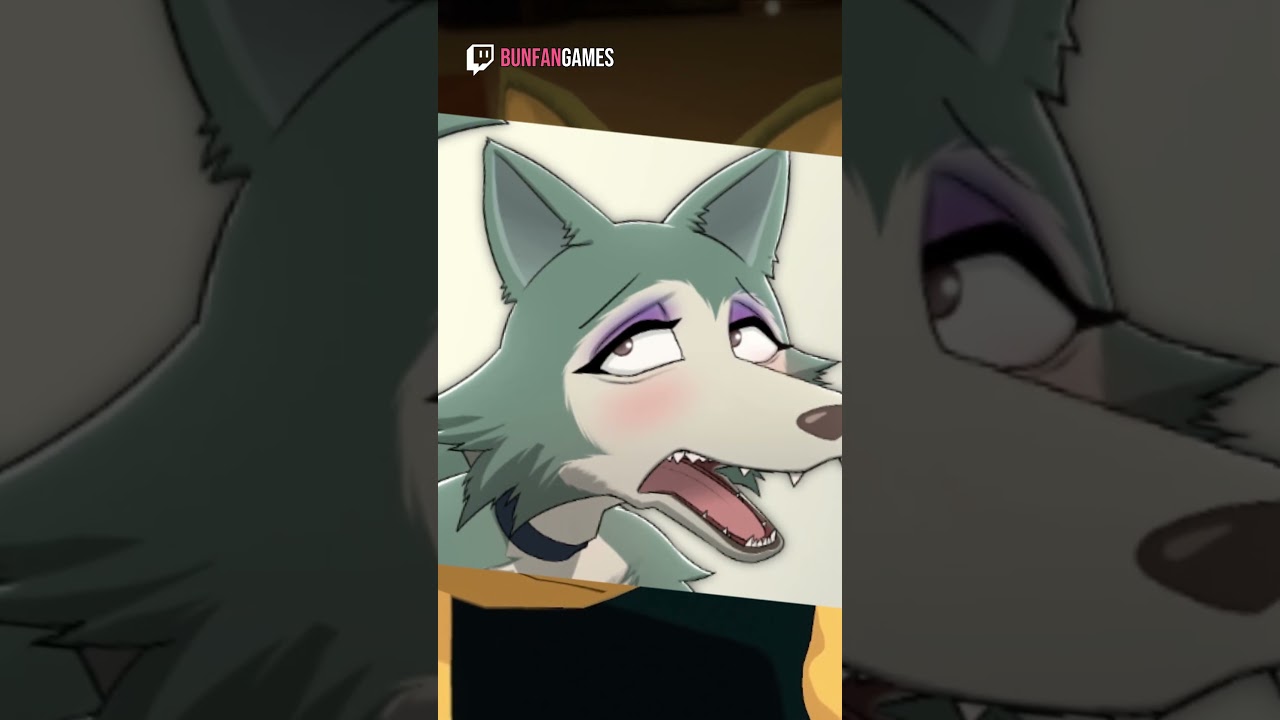
Exploring Legoshi’s Relationships: Ties with Toji
The friendships that Legoshi forges play a significant role in shaping his identity. Among them, his relationship with Toji stands out. Toji is unwaveringly loyal, creating a safe space for Legoshi to confront his insecurities. Through this friendship, Legoshi learns valuable lessons about acceptance—most importantly, that identity is fluid and can evolve beyond societal labels.
Toji offers a refreshing contrast to Legoshi’s emotional turmoil. His confidence and steadfastness remind Legoshi that embracing his complexities is not only valid but also empowering. Together, they highlight the importance of connection in a world that often marginalizes those who don’t fit neatly into defined categories.
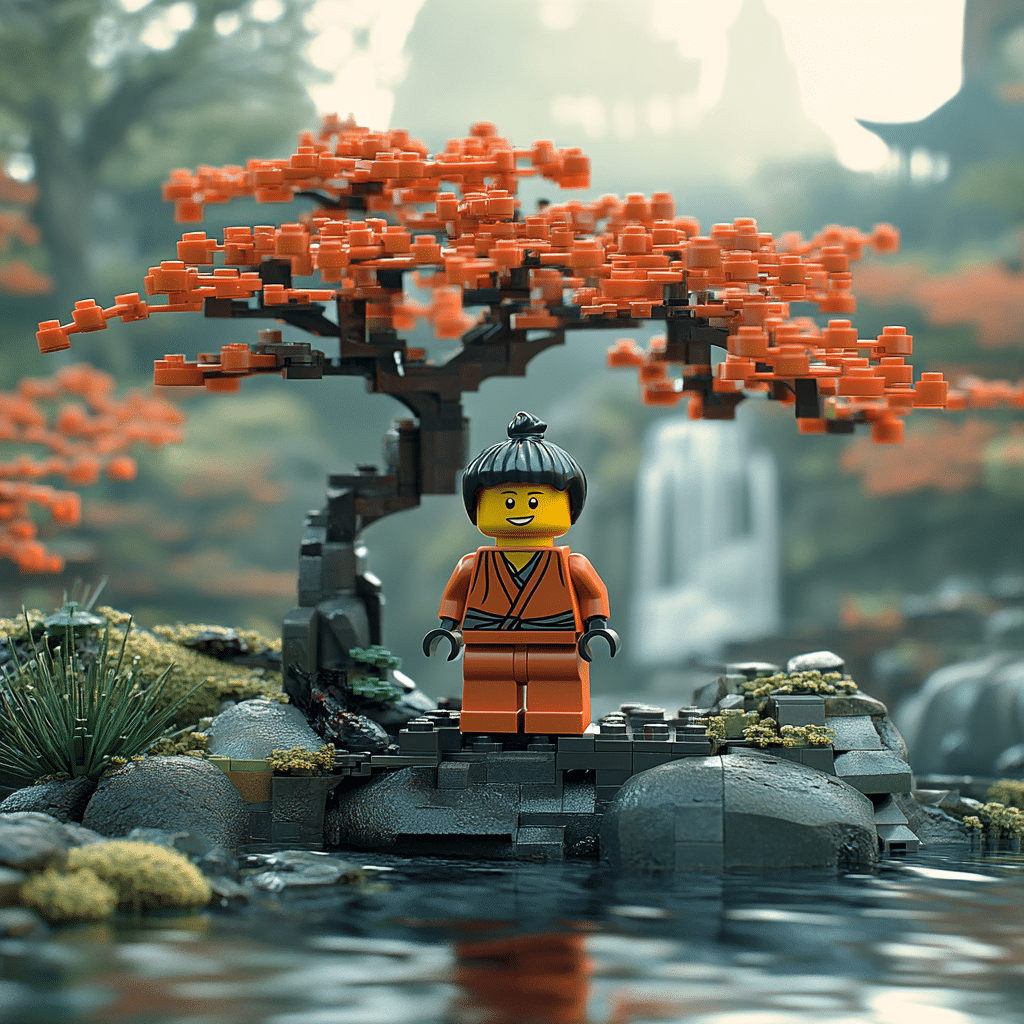
The Future of Legoshi: Evolution Beyond the Series
Looking ahead into 2024, Legoshi’s journey promises to continue evolving. The narrative hints at further explorations into themes such as self-acceptance, love, and the potential for societal change. If the creators delve deeper into Legoshi’s psyche, there’s a real opportunity for profound storytelling that could challenge preconceived notions of predator and prey.
As audiences follow Legoshi’s evolution, they’re not merely engaging with an animated character; they’re invited to reflect on their complexities within broader societal frameworks. The multifaceted nature of Legoshi’s struggles captivates viewers and prompts them to reconsider their perceptions of instinct and morality.
The character of Legoshi in Beastars is a layered reflection of resilience in the face of adversity. Through his troubled past and intricate relationships, he represents the universal quest for belonging and acceptance. With a narrative rich in emotional depth, Legoshi invites viewers into a dialogue about their identities, prompting them to embrace their complexities. As we move forward, the potential for growth within Legoshi’s character could resonate long after the credits roll, reminding us all that acceptance, both of ourselves and others, is key to navigating our own complex worlds.
Legoshi is more than just a character; he symbolizes the dualities inherent in all of us, begging the question: when we peel back the layers, what do we truly find?
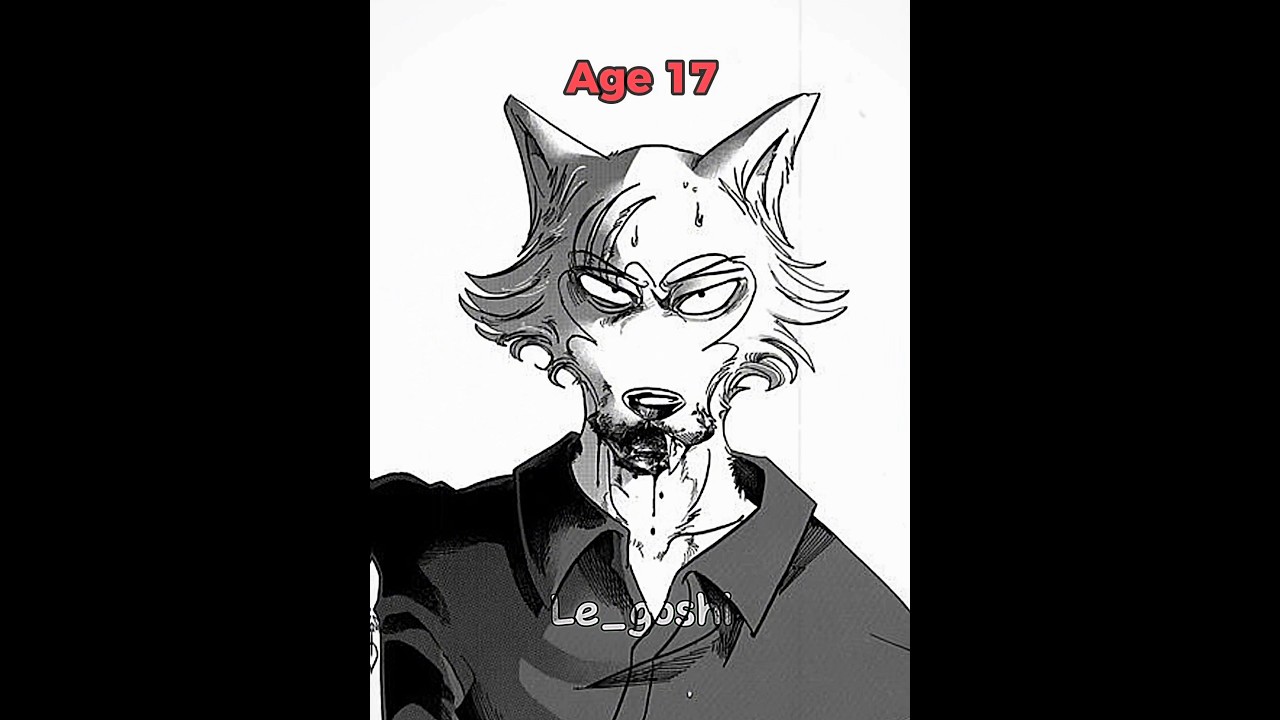
Legoshi’s Troubled Past and Unique Identity in Beastars
The Layers of Legoshi’s Character
Legoshi, the gray wolf protagonist of Beastars, grapples with multiple facets of identity, shaped by his troubled past. The series dives deep into the social hierarchy of carnivores and herbivores. Interestingly, Legoshi’s struggles mirror broader themes in storytelling, much like the tension explored in Attack on Titan final season Part 3 Episode 2, which also plays with moral ambiguity and personal conflict. Fans have noted how Legoshi’s character development reflects a search for acceptance amid adversity, something many can relate to.
Further adding to Legoshi’s complexity, his shy demeanor masks deep-seated instincts typical of a carnivore, creating a fascinating dichotomy. This dynamic plays out against a backdrop that many would resonate with, similar to a typical high school or club setting—except, in this case, with anthropomorphic animals caught in an intricate web of survival and identity. It’s hard not to admire how Beastars tackles these themes, throwing viewers headfirst into high-stakes drama where every decision could lead to dire consequences. Speaking of consequences, in the real world, home prices fluctuate, and statistics show that the average percent Houses go up in price every decade can shock many homebuyers.
Fun Facts and Trivia
Not many know that the creation of Legoshi’s character is inspired by actual animal behaviors—like how wolves interact in their packs. For instance, wolves are often seen as both predators and caretakers, echoing the strife and nurturing aspects present in Legoshi’s personality. Fans of mixed media will appreciate that Beastars creator Paru Itagaki ingeniously weaves in humor and drama, akin to what you might find in other innovative narratives. You might have experienced such blend in a film featuring someone like Norma Stitz, known for her larger-than-life persona that makes an unforgettable impact.
Moreover, Legoshi’s internal conflict parallels the realism that sports commentators like Mike Florio often dissect in sports journalism—where personal struggles can impact public performance. This reflection on personal growth is what heightens the emotional stakes. It creates a powerful lens through which fans can appreciate Legoshi’s journey not just as a fictional character, but as an embodiment of real-life challenges faced by many. And who can forget the inclusion of minor characters, like Canary Black, bringing their own quirks to the narrative, enriching Legoshi’s world even further?
The thematic richness and character depth make Legoshi a lasting figure in anime, capturing hearts just as well as pop icons like Justin Timberlake, whose journey also showcases the ups and downs of fame and identity development, reflecting critiques and admiration alike. As Legoshi navigates his path through Beastars, it becomes clear that understanding the self is an adventure abundant with barriers to break and truths to discover!
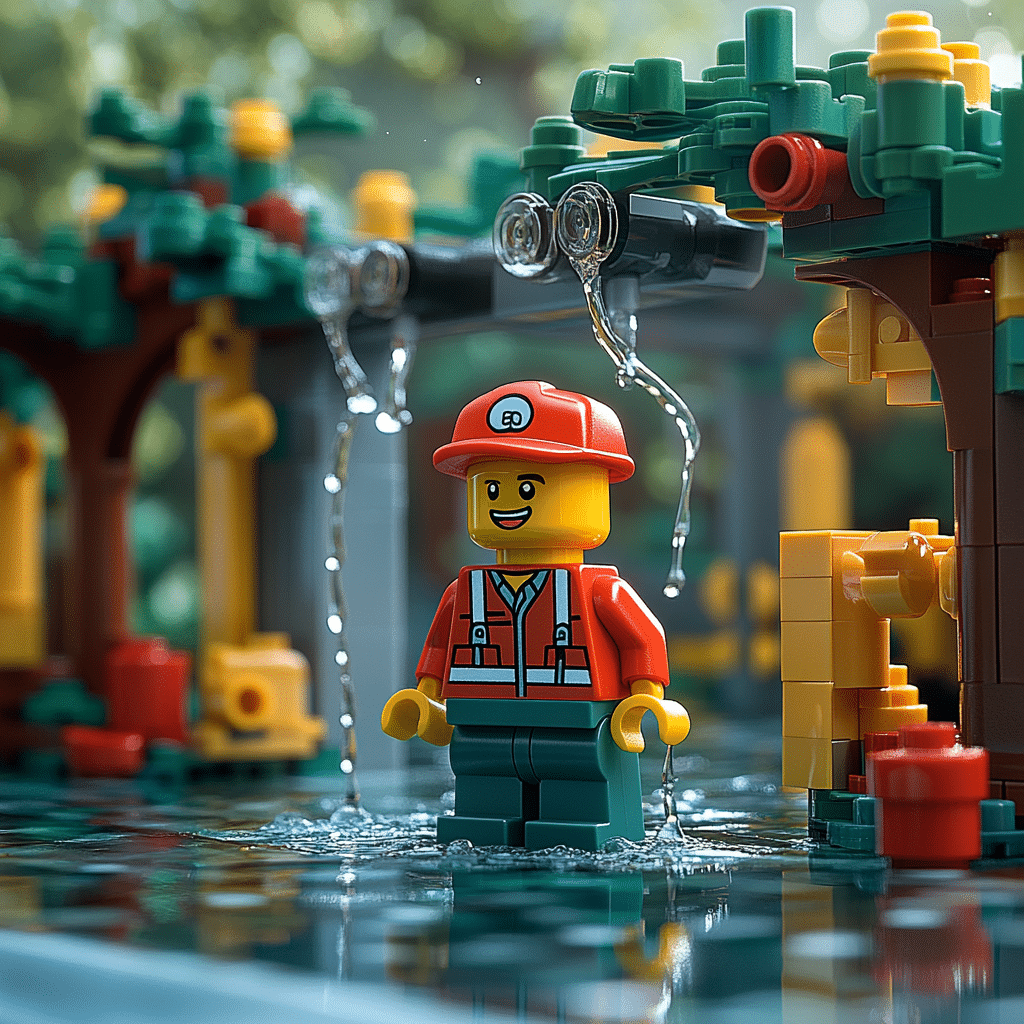
Is Legoshi half Komodo dragon?
Legoshi is indeed a hybrid animal, which means he has both wolf and Komodo dragon ancestry.
Why did Legoshi turn white?
He turned white likely due to bathing or showering with special dye as instructed by Gohin, meant to help disguise his identity, rather than from stress.
Who does Legoshi end up with?
Legoshi has a complicated relationship with Haru, and while they share a bond, there’s no clear answer about who he ultimately ends up with.
Why is Legoshi so strong?
His strength can be attributed to his wolf heritage, as wolves are naturally strong and agile animals.
Why did Legoshi almost eat Haru?
Legoshi almost ate Haru due to his predatory instincts, which conflicted with his emotions and feelings for her.
Who is Legoshi’s girlfriend?
While Haru is often associated with Legoshi, it’s somewhat complex; she isn’t officially labeled as his girlfriend, but they do share a close connection.
Why is Legoshi so awkward?
Legoshi’s awkwardness comes from his blend of guilt over his size and his struggle to fit into a world where he feels different from others.
Why did Muzan’s hair turn white?
Muzan’s hair turned white as a result of using his demon powers and the stress associated with his life, leading to a loss of vitality and color.
Does Legoshi grow his fur back?
There’s a point in the story where Legoshi does experience changes in his fur, but he eventually does find a way to grow it back.
Why did Louis sleep with Haru?
Louis slept with Haru as a means of asserting his dominance and complexity in their relationship, reflecting his own struggles with vulnerability.
Does Legosi end up eating Haru?
Legoshi does not end up eating Haru; their relationship evolves beyond mere predation into something deeper.
Is Jack in love with Legoshi?
Jack has strong feelings for Legoshi and often expresses a deep friendship, but it’s not clear if it’s romantic love.
Why did Legoshi remove his fangs?
Legoshi removed his fangs as part of his emotional journey and desire to distance himself from his predatory nature.
What happened to Legoshi’s dad?
Legoshi’s father isn’t prominently featured in the story, and not much is revealed about his fate.
Why did Legoshi shave his fur?
He shaved his fur primarily to change his appearance and to help conceal his identity from those around him.


